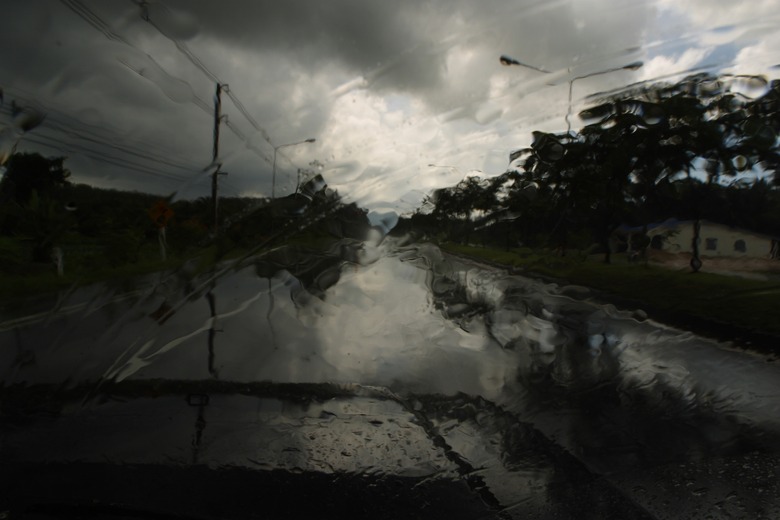What Is Good About Monsoons?
Each monsoon season brings fears of flooding, mudslides and other dangerous conditions that can devastate the lives of millions of people. With these kinds of reports, many people forget that the monsoon also brings a positive, life-sustaining bounty. For millions of people around the world, the monsoon is critical to survival, playing a vital role in everything from food production to the economy.
The monsoon occurs in low-latitude regions — areas relatively close to the equator — in many different parts of the world. While many associate the monsoon with heavy rain, a monsoon is technically just a shifting wind pattern. As summer approaches, areas of land heat up faster than the surrounding water. This temperature difference between land and sea leads to air pressure changes that reverse normal wind patterns around the globe. Winds that shift so that they blow over the water and onto the nearby land bring large amounts of moisture with them, typically resulting in extreme levels of rainfall. India and other countries around the Indian Ocean experience particularly powerful monsoons, thanks to the enormous size of the Asian landmass.
Food Production
Food Production
The monsoon plays a vital role in food production for millions of people around the world, particularly the impact of the monsoon on Indian agriculture. "Bloomberg" reports that roughly 80 percent of annual rainfall in India occurs during the monsoon. Both the importance of the Indian monsoon and the importance of agriculture in the Indian economy are difficult to overstate. More than 235 million people in India alone rely on agriculture, and 60 percent use no irrigation, so they must rely on rainfall to grow crops for food. In years when the monsoon rains failed to come, millions of people starved to death. Thanks to improved food storage and technological advances, this type of mass starvation is less likely today, but without the monsoon, food supplies would be greatly reduced, and many people would go hungry.
Monsoon rains also help to grow food for animals. In India, for example, the monsoon season plays a vital role in the growth of food for elephants, birds and exotic rainforest species.
Economic Impacts
Economic Impacts
Thanks to the important role that the monsoon plays in the economy, newspapers often refer to the monsoon as "India's true finance minister." More than half of India's 1.2 billion people work on farms, and agriculture makes up 15 percent of the Indian economy. When the monsoon fails or rainfall totals are lower than expected, farmers harvest fewer crops. This means that they hire fewer workers, leaving many people without jobs to pay for basic needs. This economic impact can reach across the globe as food prices rise on basic staples like rice and wheat.
Power Production
Power Production
About 20 percent of electricity generated in southeast Asia comes from hydroelectric plants. These plants rely directly on monsoon rains to produce power for homes, businesses, hospitals, schools and other facilities. Without the monsoon, these power plants wouldn't be able to generate enough electricity, resulting in blackouts and increased electricity prices. This could harm the economy by interrupting production, transportation and access to medical care and education.
Cite This Article
MLA
Beach, Emily. "What Is Good About Monsoons?" sciencing.com, https://www.sciencing.com/good-monsoons-4721/. 25 July 2018.
APA
Beach, Emily. (2018, July 25). What Is Good About Monsoons?. sciencing.com. Retrieved from https://www.sciencing.com/good-monsoons-4721/
Chicago
Beach, Emily. What Is Good About Monsoons? last modified March 24, 2022. https://www.sciencing.com/good-monsoons-4721/
